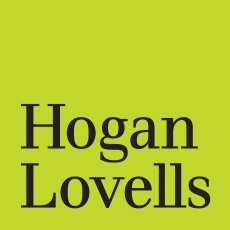In a recent domain name dispute brought under the Uniform Rapid Suspension System (URS) before the National Arbitration Forum (NAF), a panel ordered the suspension of a domain name under the .ONLINE new generic Top Level Domain (gTLD) following the registrant’s filing of a response after a Default Determination ordering the suspension of the domain name.
the Examiner noted that the Respondent’s reply in response to the claim of registration and use in bad faith was “No way!”, without any arguments or explanation. In addition, the Examiner noted that the Respondent had requested a “reimbursement of costs…disproportional to the costs directly related to registering and/or maintaining the domain name” and that it confirmed that the Respondent had registered and used the Domain Name in bad faith.
The .ONLINE new gTLD is one of the many new gTLDs recently launched by the Internet Corporation for Assigned Names and Numbers (ICANN) and according to the Registry, it purports to create “a memorable web identity that declares that you are ALIVE on the internet to connect with your customers, partners & everyone online”. .ONLINE stands for “being connected on the internet” according to the Registry. It was delegated into the root on 16 March 2015 and became available for general registration following a Sunrise Period for trade mark holders that opened on 18 June 2015 and closed on 17 August 2015. .ONLINE domain name registrations have been rapidly increasing since it became available for general registration, with currently over 80,000 domain name registrations.
The URS is a rights protection mechanism originally designed to provide a faster, cheaper alternative to the Uniform Domain Name Dispute Resolution Policy (UDRP) for clear-cut cases of cybersquatting under the new gTLDs. Although the substantive requirements of the URS are very similar to those of the UDRP, the URS imposes a heavier burden of proof on the Complainant as the standard is “clear and convincing evidence”, as opposed to the traditional “preponderance of the evidence” (or “on balance”). However, unlike the UDRP, the only remedy available is the suspension of the domain name in question for the remainder of the registration period (which may be extended for an additional year), as opposed to the transfer or cancellation of the domain name, which are remedies available under the UDRP. At the end of the registration period, however, the domain name will be allowed to lapse and may be snapped up by a third party.
In the case at hand, the Complainant was Skechers U.S.A., Inc., a footwear company based in California, USA, founded in 1992. The Complainant was the owner of several trade marks containing or comprising the term SKECHERS, used in connection with footwear. Its main website is available at www.skechers.com.
The Respondent was Dijksman Holding of The Hague, International, Netherlands. No other details about the Respondent were known. The disputed domain name was <skechers.online> (the Domain Name). It was registered by the Respondent on 6 September 2015 and was resolving to a registrar parking page containing sponsored links.
Read the full article here.
First published on Anchovy News: Anchovy® is our a comprehensive and centralised online brand protection service for global domain name strategy, including new gTLDs together with portfolio management and global enforcement using a unique and exclusive online platform developed in-house.




